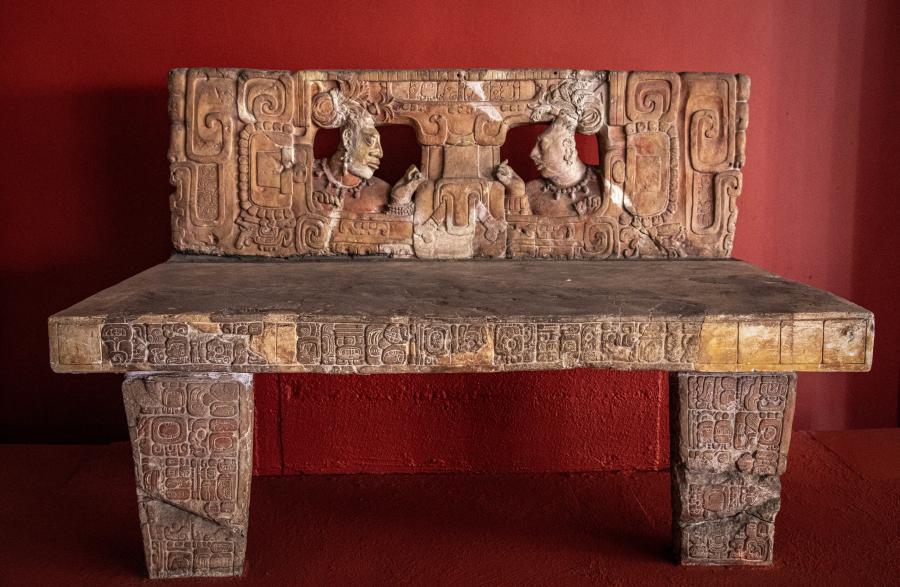James D. Sexton (Translator)
University of New Mexico Press, 1999
ISBN: 0826321046 (Paperback)
For many centuries, people have been using myth to explain everything from the world's most universal lessons to practices and standards that are particular to a single culture. As Bill Moyers writes in his book, The Power of Myth, "We tell stories to try to come to terms with the world, to harmonize our lives with reality."
The book under review is a colorful mélange of myths gathered from the 14 towns in the region surrounding Lake Atitlan in Guatemala. According to editor James D. Sexton, this is the first full-length assemblage of stories from this region. Sexton was able to gather and translate these stories by visiting -- with a native man and translators -- the towns from which they originate.
The collection's primary accomplishment is the vivid picture it paints of the Mayan culture of Lake Attitlan. And as Sexton points out, the folktales provide analysis of the culture, "revealing insight into the sanctioning of social obligations to participate in religious festivals and to conduct costumbres (customs).'' The story of "The Woman Who Loved Many Hombres and Died from Drinking a lot of Water and a Piece of Sausage that She Had Eaten," for example, describes how the husband of a woman with many lovers tricks her into eating one of their penises. She then dies from a thirst she cannot quench no matter how much water she consumes. Mayans tell this tale to warn women not to have more than one lover.
Yet myth is not solely used to depict social standards; another substantial function is its power to explain origins and worldview. "The Story of the Rabbit and His Uncle Coyote: A Tzutuhil Story," for example, describes a cunning rabbit and a less-than-intelligent coyote who is tricked by the rabbit into hurting himself. When the hypothetical straw finally breaks the coyote's back, he goes to seek assistance from God, who punishes him for being so gullible by making his tail droop and taking away his ability to grow long hair. God also punishes the rabbit by giving him a small stature and forcing him to hop around on his rear. This story illuminates the contemporary Mayan image of a vengeful God.
With these examples and many others like it, Sexton's collection reveals an enlightening picture of native Guatemalan culture. For those interested in dissecting the culture of this region, Mayan Folktales is a good place to start. It provides valuable information on diverse aspects of the culture of Lake Atitlan, with a complete introduction, bibliography, notes, and even a glossary that defines some of the stories' indigenous terms.
Article copyright Cultural Survival, Inc.



